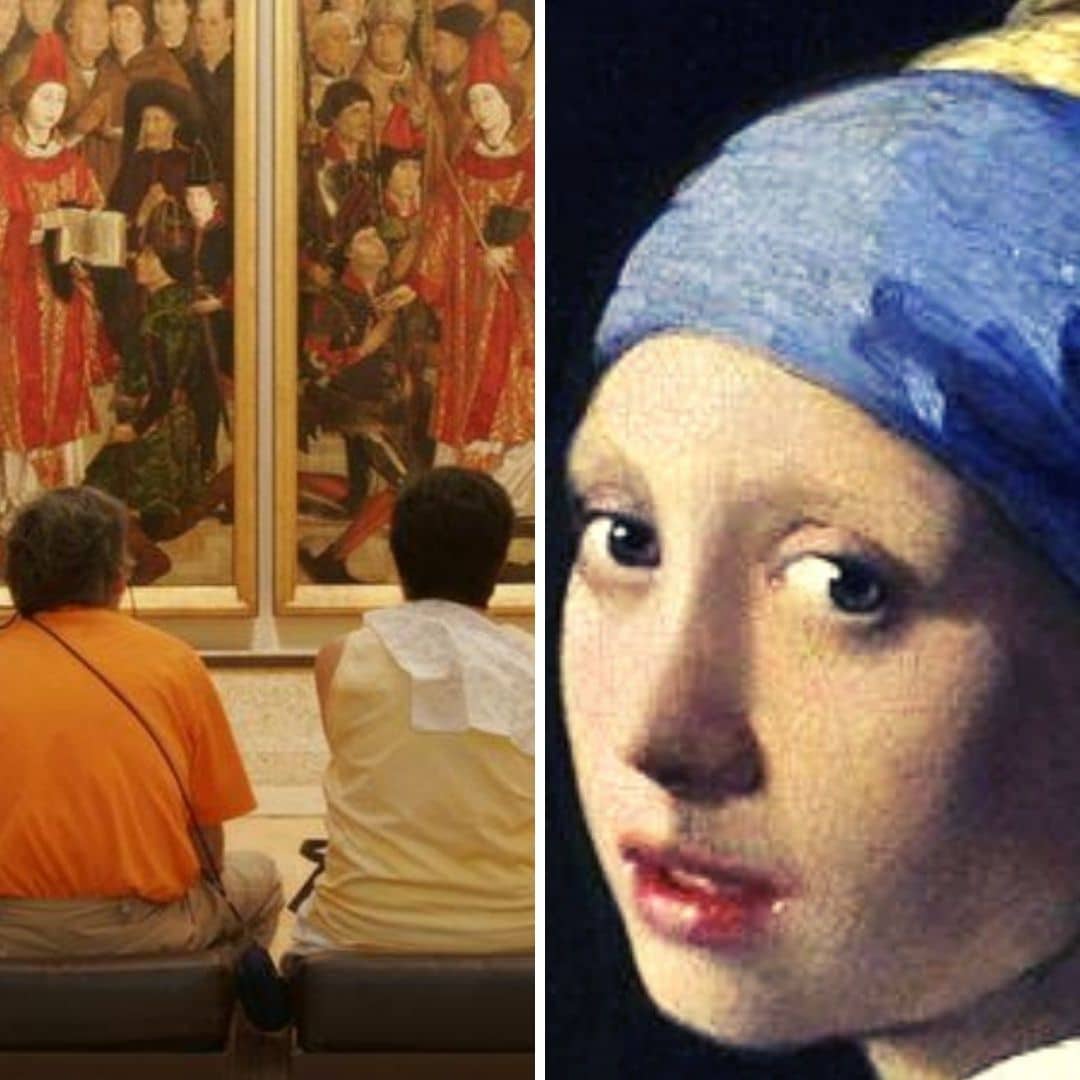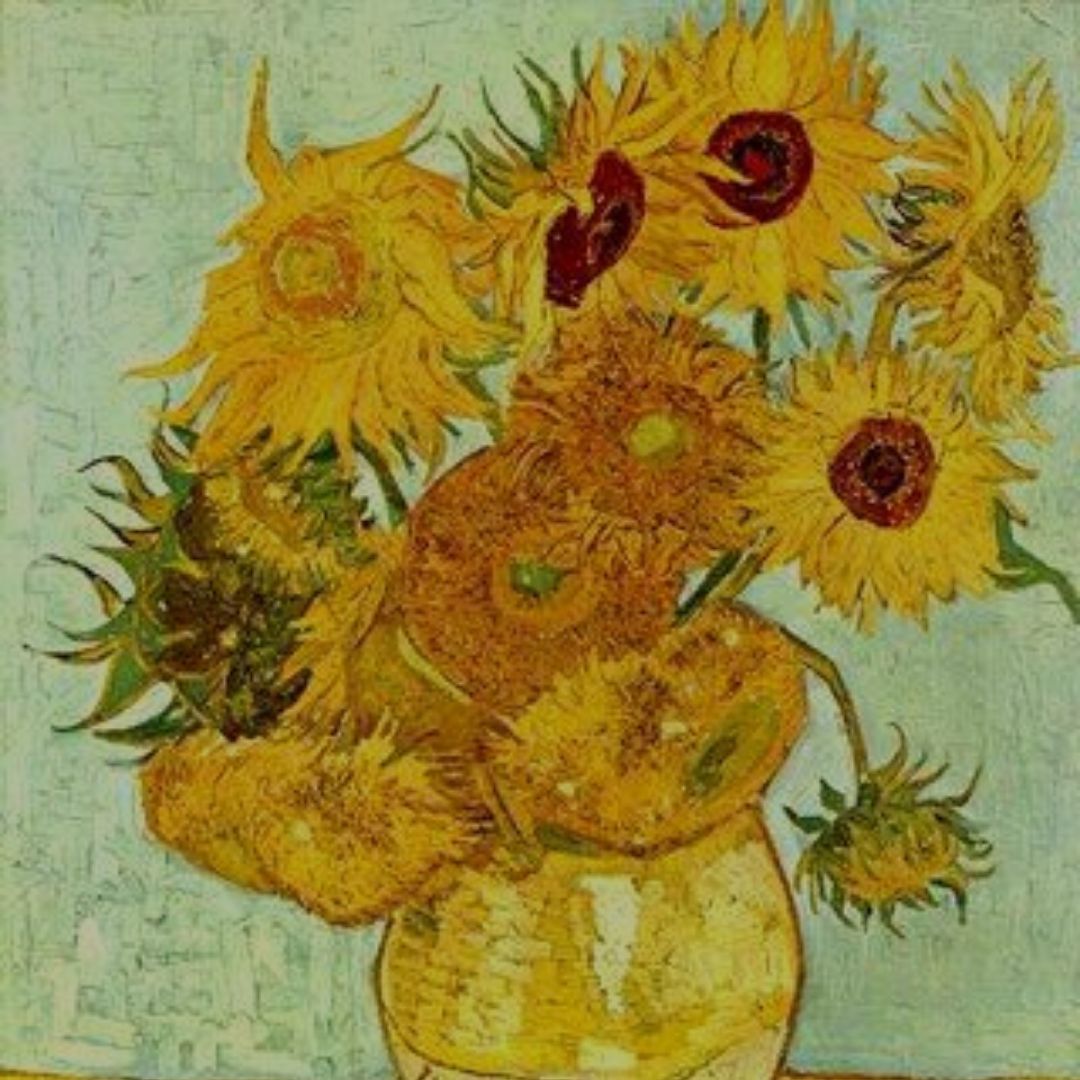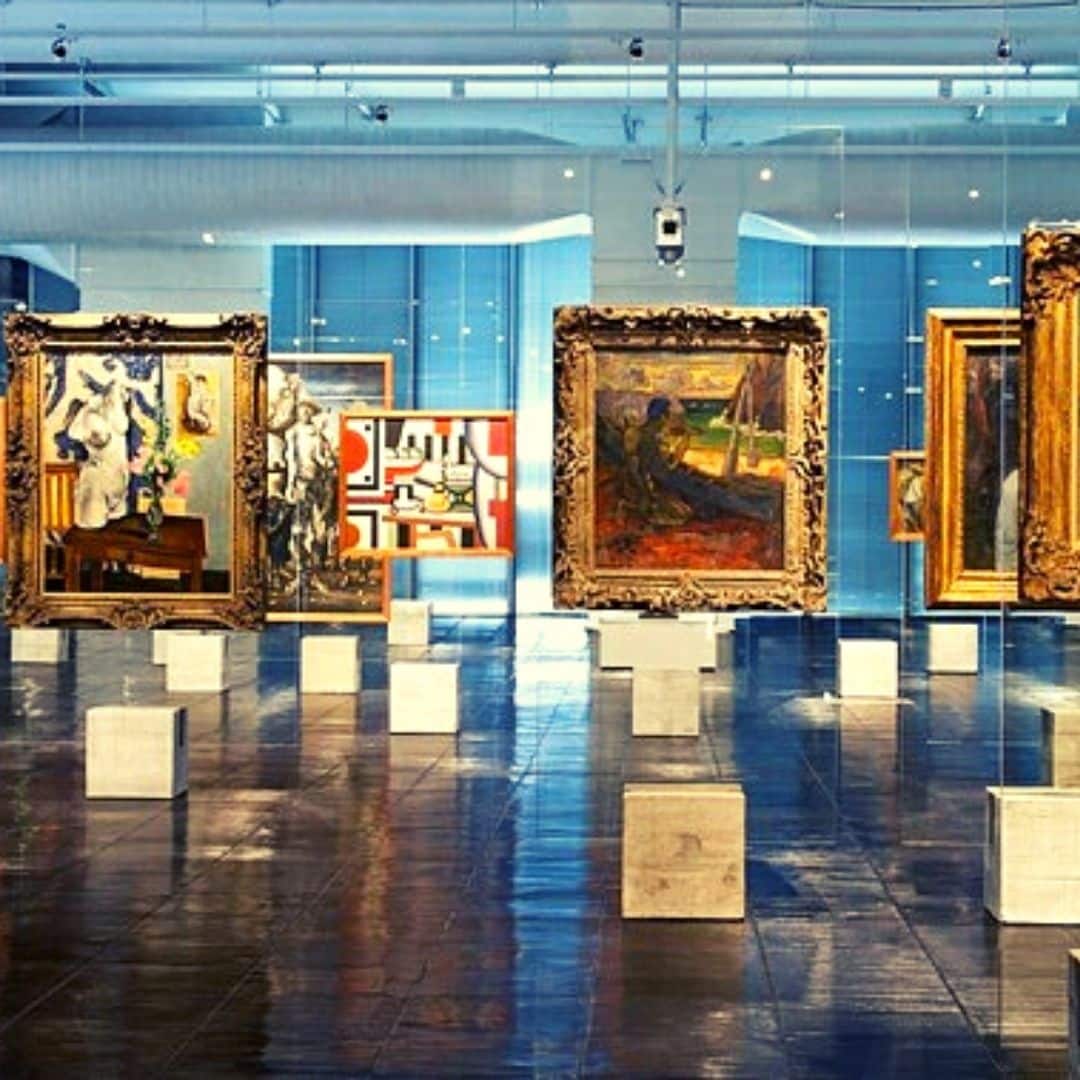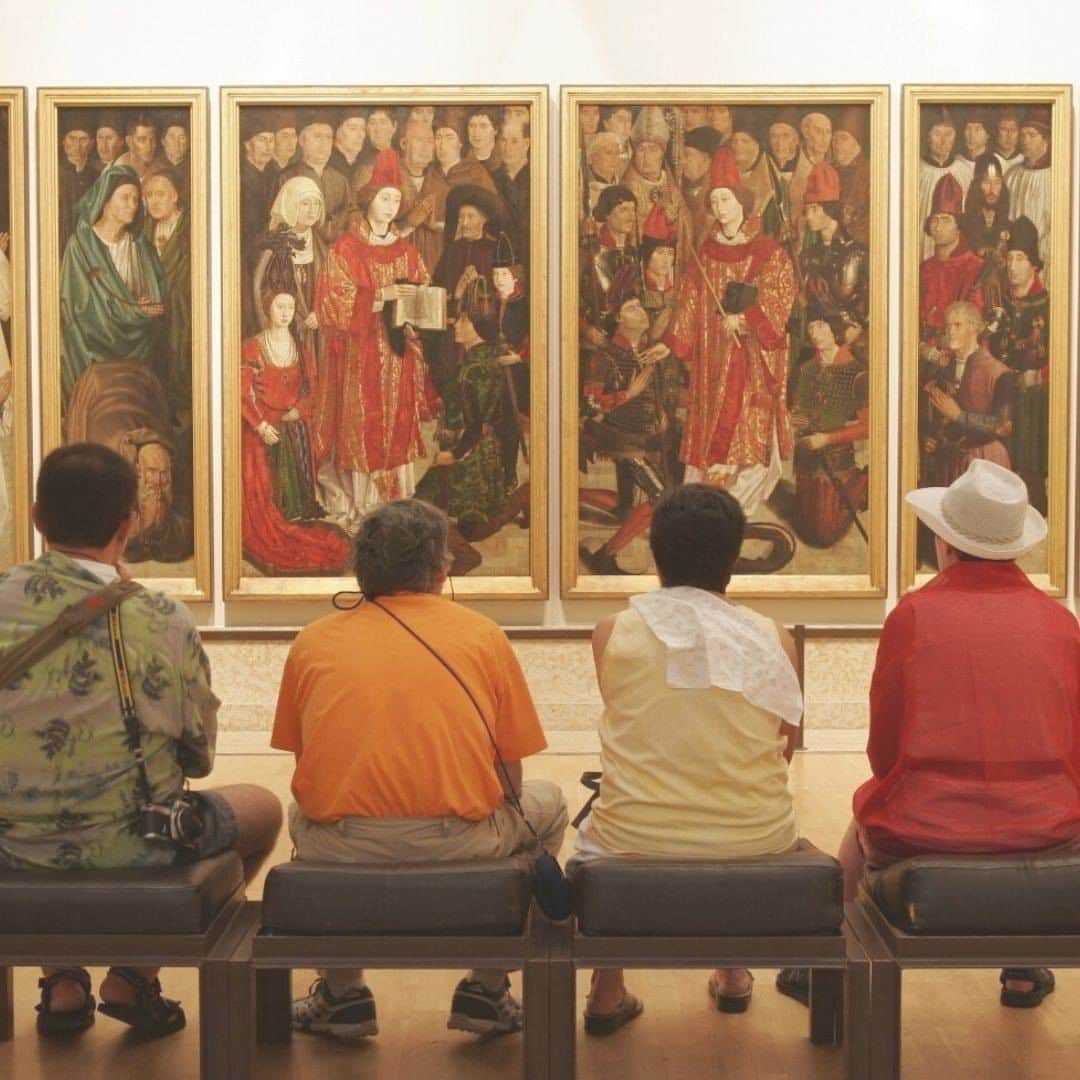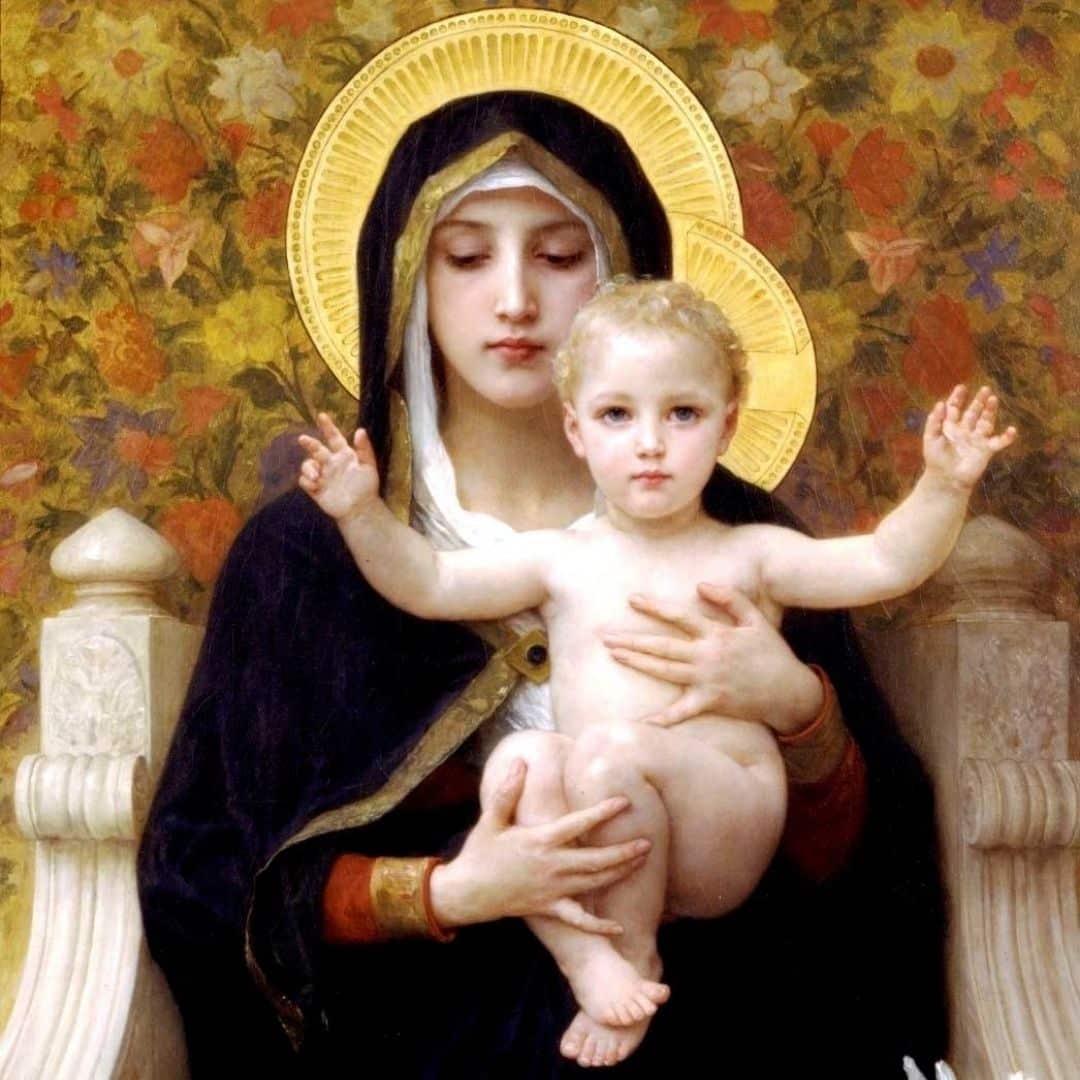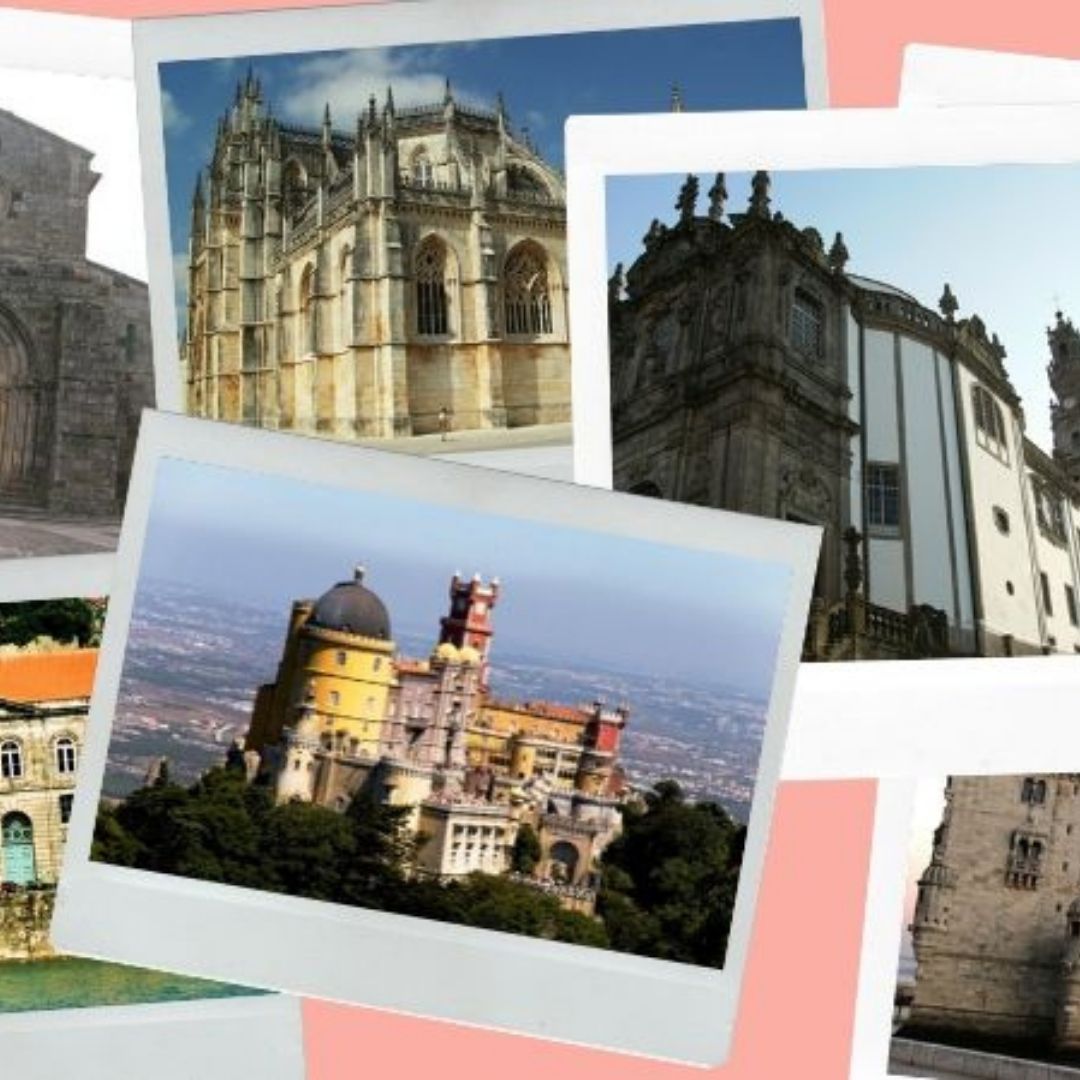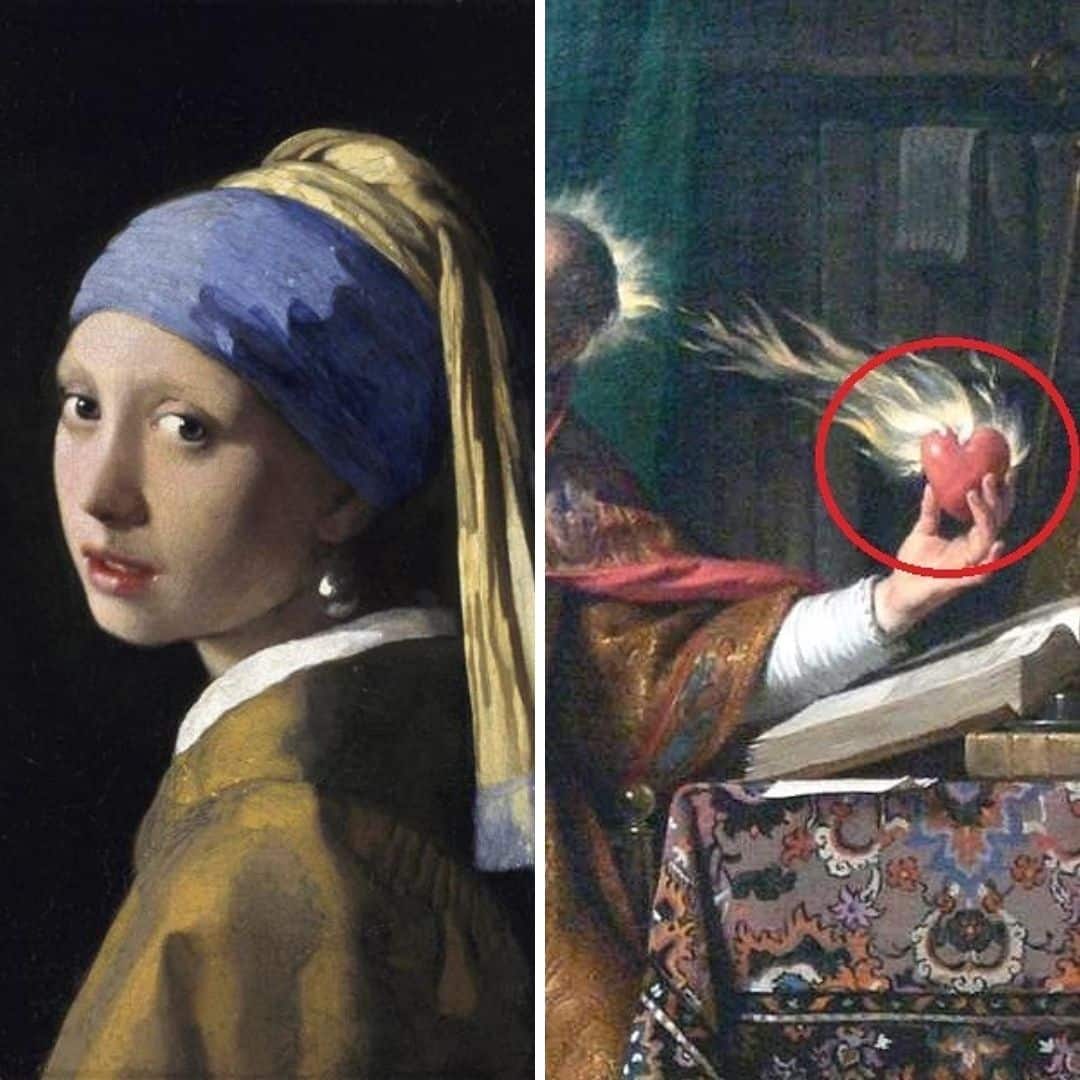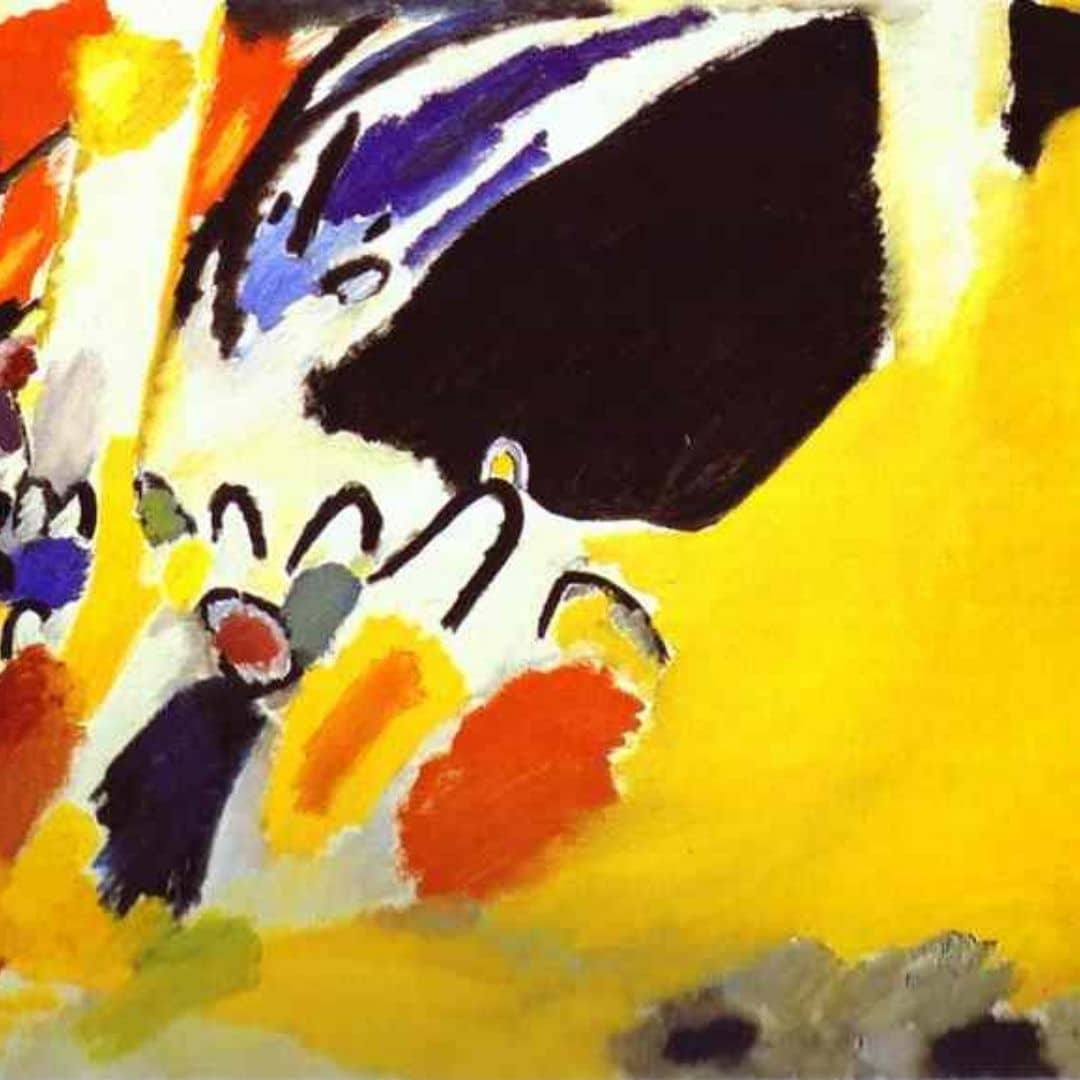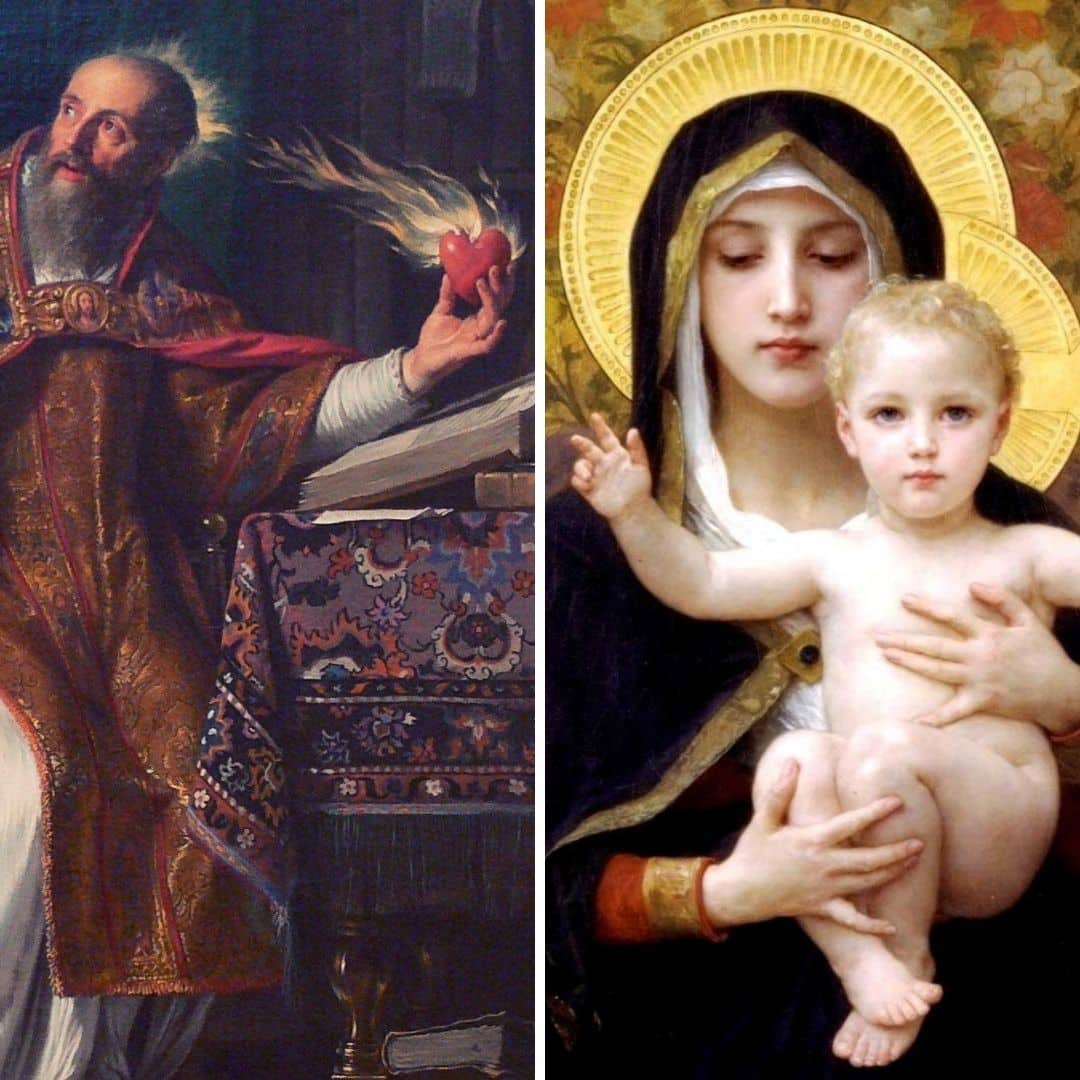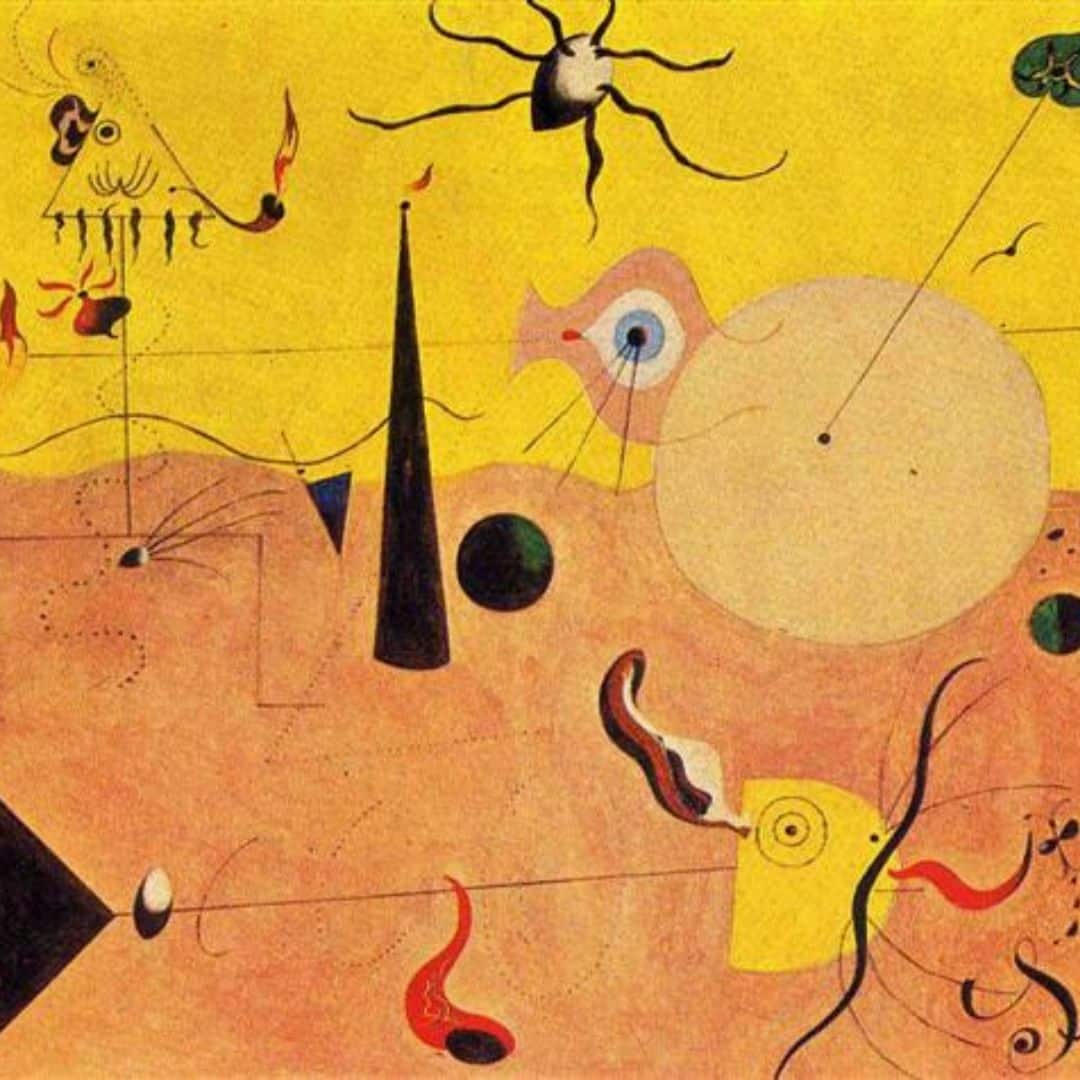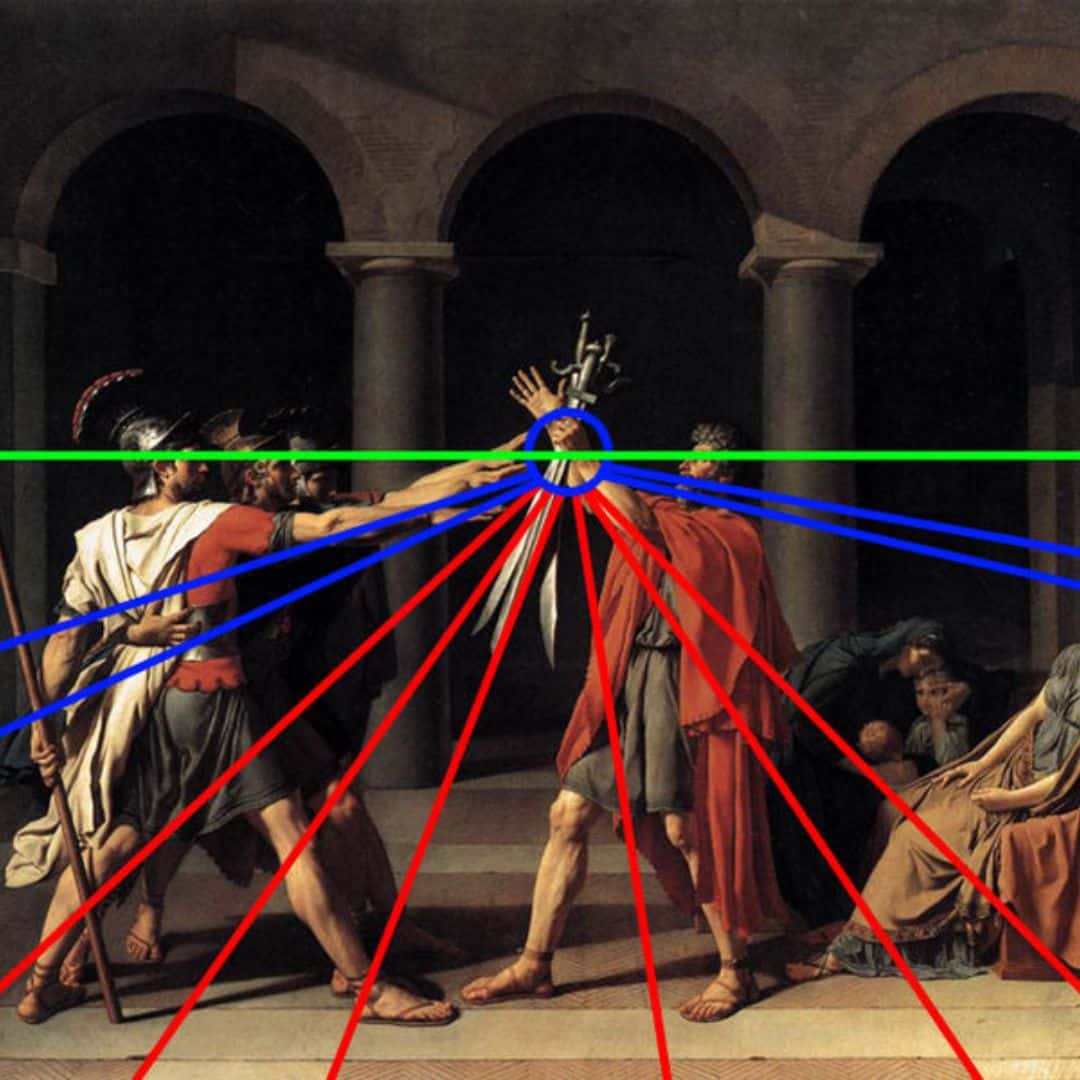How does the art market work ? How does it operate? Who are its players? What distinguishes it from other markets?
These are some of the questions we ask when reflecting on the art economy.
To understand them is to understand the structure of the market. This is the aim of this article: How does the art market work ?
Cover image:
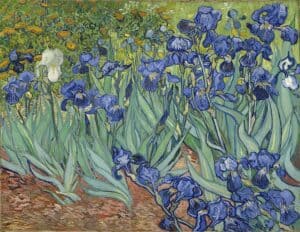
Text: Rute Ferreira author of the online course The Art Market.
The market
To answer the question of how the art market works, let us first look at what “market” means.
In general terms, the market is a set of commercial operations, which are interfered by offerers (sellers) and demanders (buyers).
The word comes from the Latin mercatus, which designates a public place (open or closed) where processes of exchange of goods take place.
There are several specifications of a market.
The official market, for example, is one that develops following regulations and previously determined quotations.
The free market, in which there is no such subsequent tabulation.
The parallel market, also known as the black market, which trades in clandestine goods, etc.
The word is wide-ranging, but effectively always refers to trade, an exchange of goods. How the art market differs and how it works is what we will see next.

